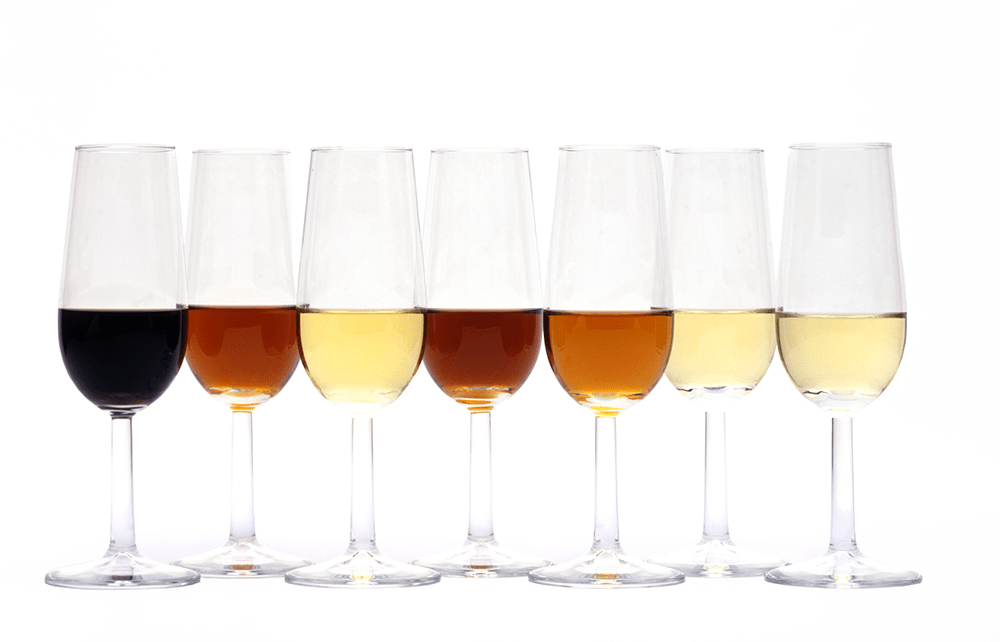We were talking Spain and drinking Spanish. The UK and Spain are very different societies, but we did find points of comparison. As a very broad generalisation, Spaniards can be divided into three political groupings. There is a Europhile elite who take their political identity from a projected European future, and almost none from their nation’s past. To them, Spanish history is largely a record of backwardness, poverty, oppression and conflict. The EU is a means of ensuring that this past can be left in the past.
British wine-lovers should not talk too loudly about the treasures of sherry
The two much larger groups cannot forget the past, and especially the civil war. Those on the right would usually insist that they were modern conservatives, with no hint of the Falange, but they are glad that Franco won and are proud of Spanish traditions, especially the bullfight. They would also see Catholicism as central to Spain’s identity.
The third group – the leftists – includes many Spaniards who give the impression in their cups that they would like to refight the civil war, with the left winning. Much of the Spanish left is anticlerical and many are ambivalent about bullfighting, now banned in Catalonia. Yet even hardline leftists would accept that in the rest of Spain, closing down the bullrings would restart the civil war.
The extent of the right/left polarisation has its dangers. It is not healthy if the divisions in electoral politics are based on a fundamental disagreement about the nation’s identity, so that the losers effectively go into internal exile, as will happen after the next US presidential election. Spain now appears to be more stable than the US, but in both cases, ancestral voices are prophesying war.
Although Spain has changed, in part due to a modernisation which began under Franco (contrast contemporary Spain with the description in As I Walked Out One Midsummer Morning), the Spanish character has been shaped by centuries of harshness. Consider the long grinding conflict during the Reconquista, the implacable nature of old–fashioned Spanish Catholicism, the barbarism on both sides during the war to resist Napoleon. Goya may have enjoyed painting in drawing rooms, but he also depicted the savagery taking place in the countryside. Finally, the civil war itself, in which the clash of ideals rapidly descended into brutality.

But any sensible Spaniard ought to agree on one point. Spanish wine has improved and shows every sign of making further progress. There have always been serious bottles, such as the Vina Tondonias, some of the grander Riojas and of course Vega Sicilia, but these days growing numbers of enthusiastic winemakers are producing better and better wines. Anyone who competes with the French and constrains their rapacity is to be applauded.
There is also sherry. British wine-lovers should not talk too loudly about its treasures, because it deserves a much bigger international market than it deserves, and then prices would rise. The other evening my friend Alex produced three admirable bottles. Two were Tio Pepes, finos en rama, with more depth and subtlety than the ordinary Tio Pepe. The third was fascinating. We have all enjoyed Palo Cortado and Pedro Ximenez. But this was a Palo Cortado made from PX grapes in small quantities: the latest release, from the house of Ximenez-Spinola, included only about 2,500 bottles. One might have thought this grape union was impossible: not so. It was a splendid drink and as Alex pointed out, a magnificent complement to a cigar. All in all, what a fine expression of Hispanic culture.







Comments